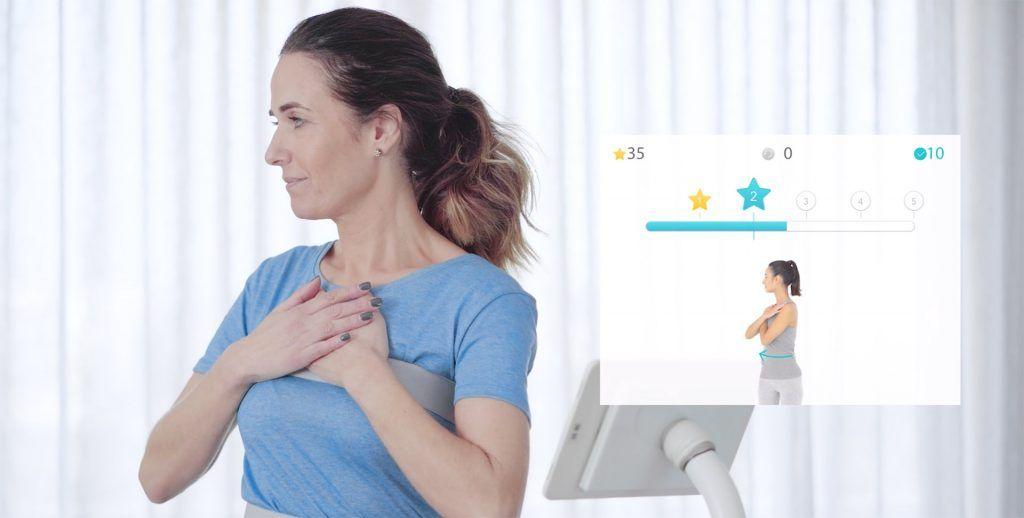Digitally Assisted vs Conventional Home-Based Rehabilitation After Arthroscopic Rotator Cuff Repair: A Randomized Controlled Trial
March 3, 2022

Study Overview
Rotator cuff repair (RCR) is one of the most commonly used surgical procedures. In the U.S. alone, more than 300,000 RCRs are performed annually. Rehabilitation plays a pivotal role in the recovery from RCR, but for many individuals there are major limitations in accessing in-person care. Digital or hybrid programs can be a solution for this.
In this study, we compared a digitally-assisted program versus high-intensive in-person physical therapy. We observed similar outcomes by program end. However, as participants were able to conveniently continue to engage with the digital program after completion, Sword participants had better outcomes by the 12-month mark.

